The best indoor succulents include Aloe vera, Echeveria, Haworthia, Jade Plant (Crassula ovata) and Snake Plant (Sansevieria). These plants are known for their low maintenance needs, ability to thrive in indoor conditions and diverse, attractive appearances. They require minimal watering, can tolerate low light and add a touch of green to any indoor space.
As a horticulturist specializing in indoor plants and succulents for over 15 years, I’m excited to share my expertise on the best succulents for indoor environments. These plants are not only beautiful but also incredibly adaptable to indoor conditions, making them perfect for both novice plant parents and experienced enthusiasts.
1. Aloe Vera (Aloe barbadensis miller)

Characteristics
- Spiky, fleshy leaves
- Medicinal properties
Care Tips
- Bright, indirect light
- Water when soil is completely dry
- Well-draining soil
For more on Aloe vera care, visit the University of Florida’s Gardening Solutions.
2. Echeveria

Characteristics
- Rosette shape
- Various colors available
Care Tips
- Bright light, some direct sun okay
- Water sparingly
- Protect from cold drafts
3. Haworthia
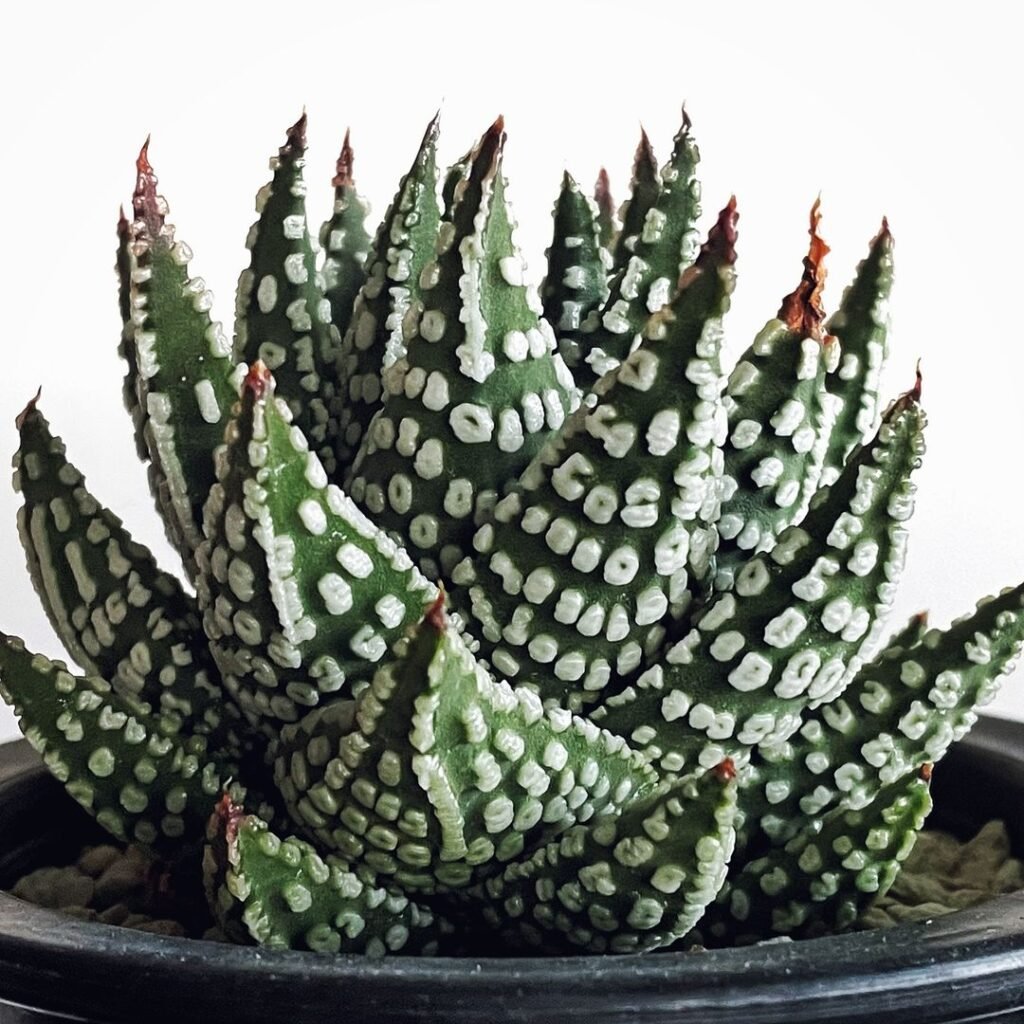
Characteristics
- Small, compact size
- Striped or textured leaves
Care Tips
- Low to moderate light
- Minimal watering
- Tolerates lower humidity
4. Jade Plant (Crassula ovata)
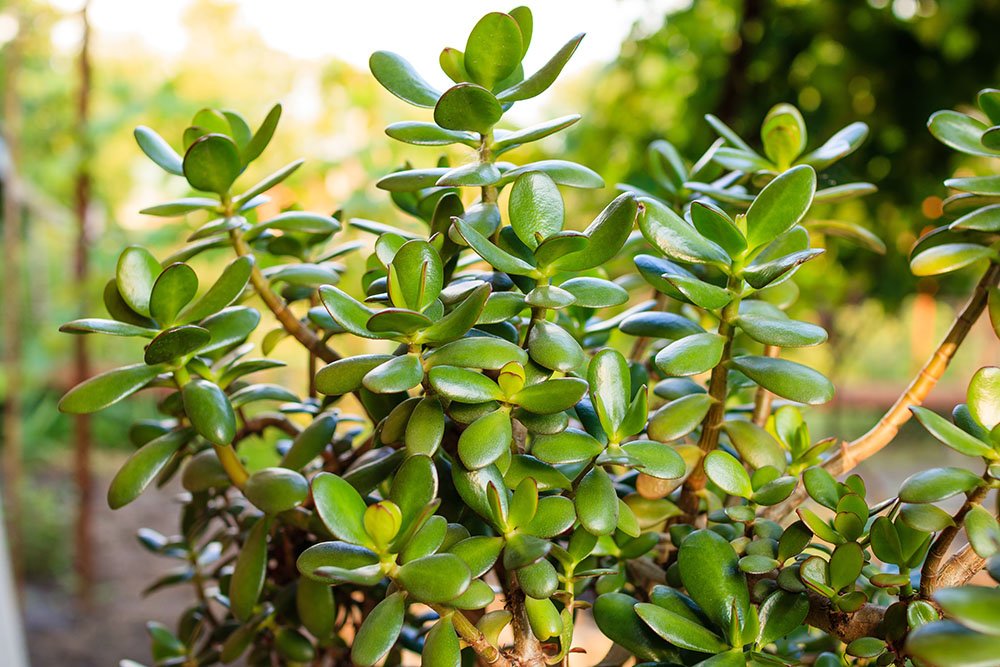
Characteristics
- Tree-like structure
- Oval, fleshy leaves
Care Tips
- Bright, indirect light
- Allow soil to dry between waterings
- Prune to maintain shape
Learn more about Jade Plant care from the Missouri Botanical Garden.
5. Snake Plant (Sansevieria)
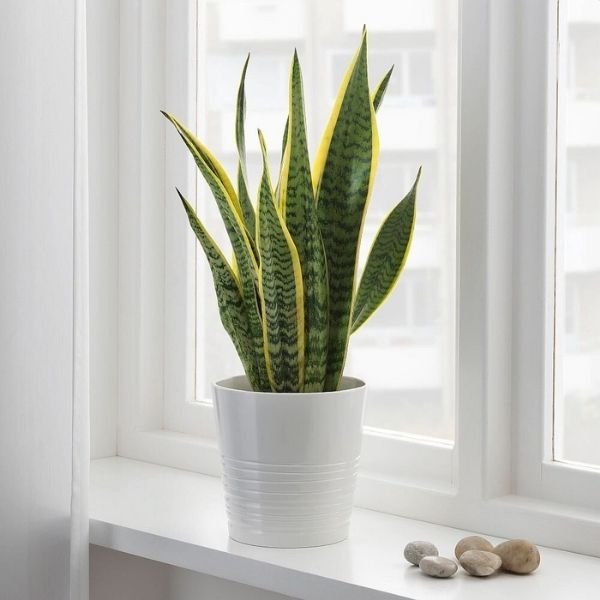
Characteristics
- Upright, sword-like leaves
- Air-purifying qualities
Care Tips
- Tolerates low light
- Very drought-tolerant
- Avoid overwatering
6. Burro’s Tail (Sedum morganianum)
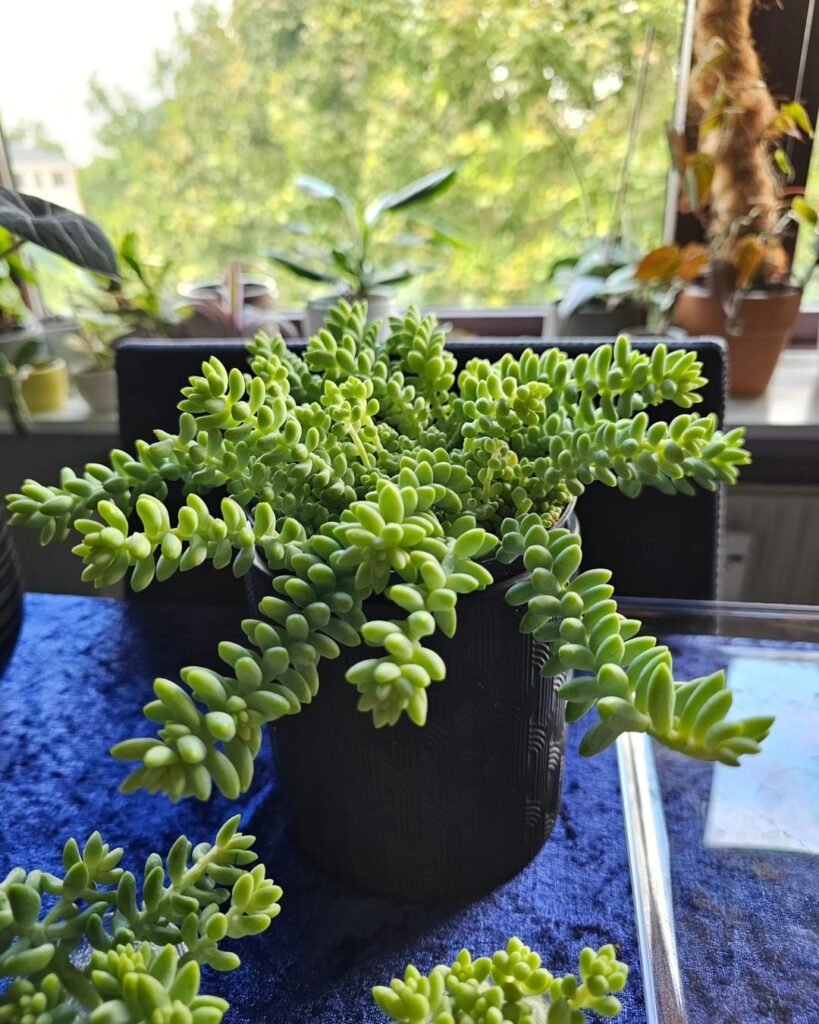
Characteristics
- Trailing stems with plump leaves
- Great for hanging baskets
Care Tips
- Bright, indirect light
- Water when soil is dry
- Protect from extreme temperatures
7. Zebra Plant (Haworthiopsis attenuata)
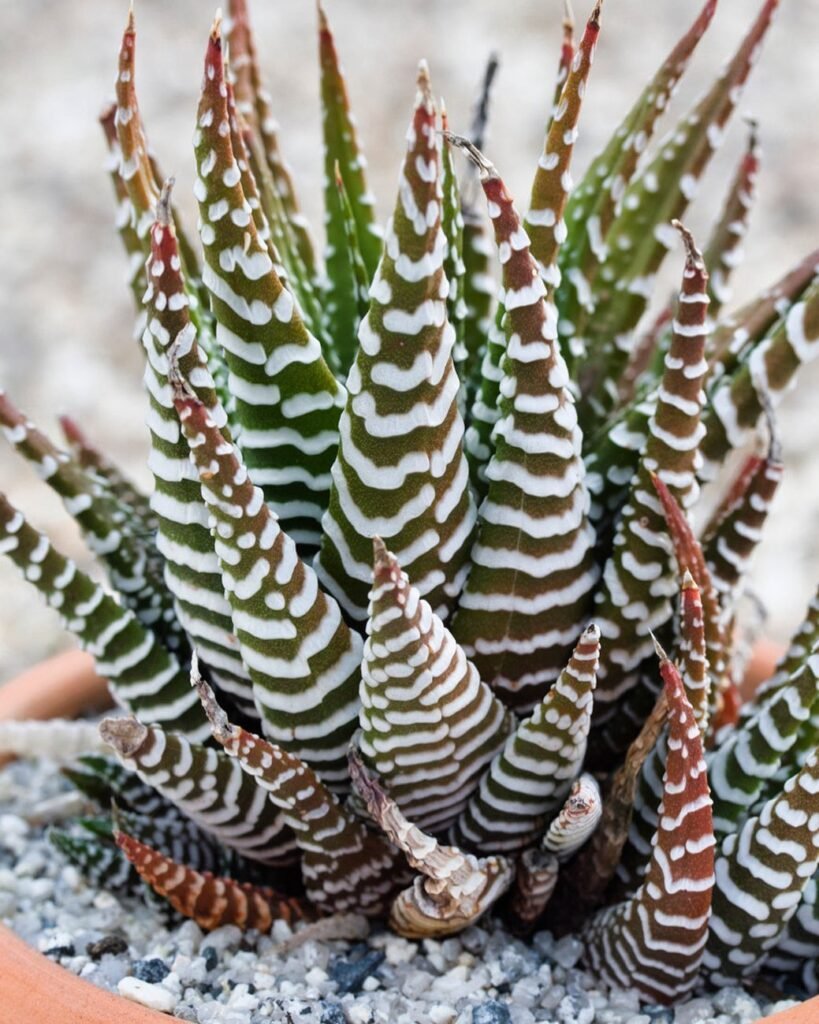
Characteristics
- Small, striped leaves
- Compact growth
Care Tips
- Low to moderate light
- Water sparingly
- Well-draining soil mix
8. Panda Plant (Kalanchoe tomentosa)
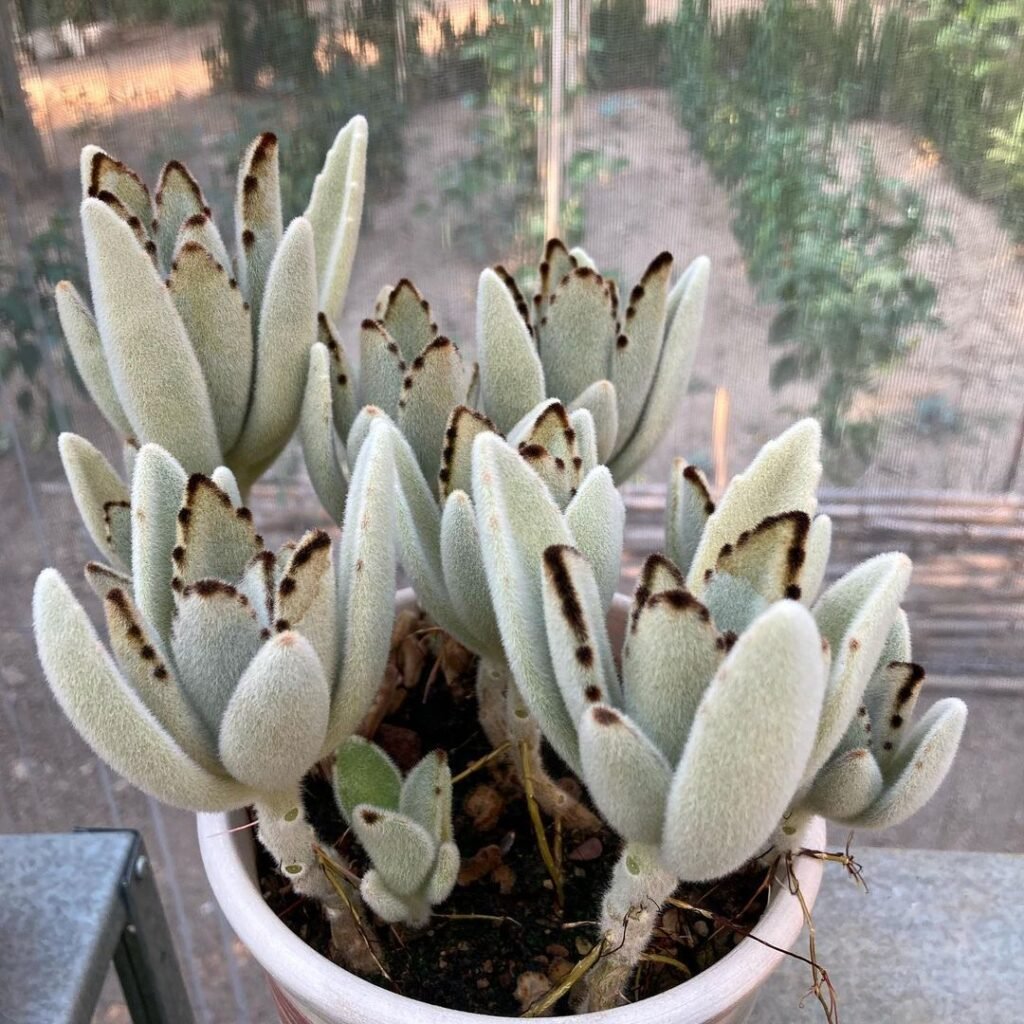
Characteristics
- Fuzzy, silver-green leaves
- Unique texture
Care Tips
- Bright, indirect light
- Allow soil to dry completely between waterings
- Avoid getting water on leaves
9. String of Pearls (Senecio rowleyanus)
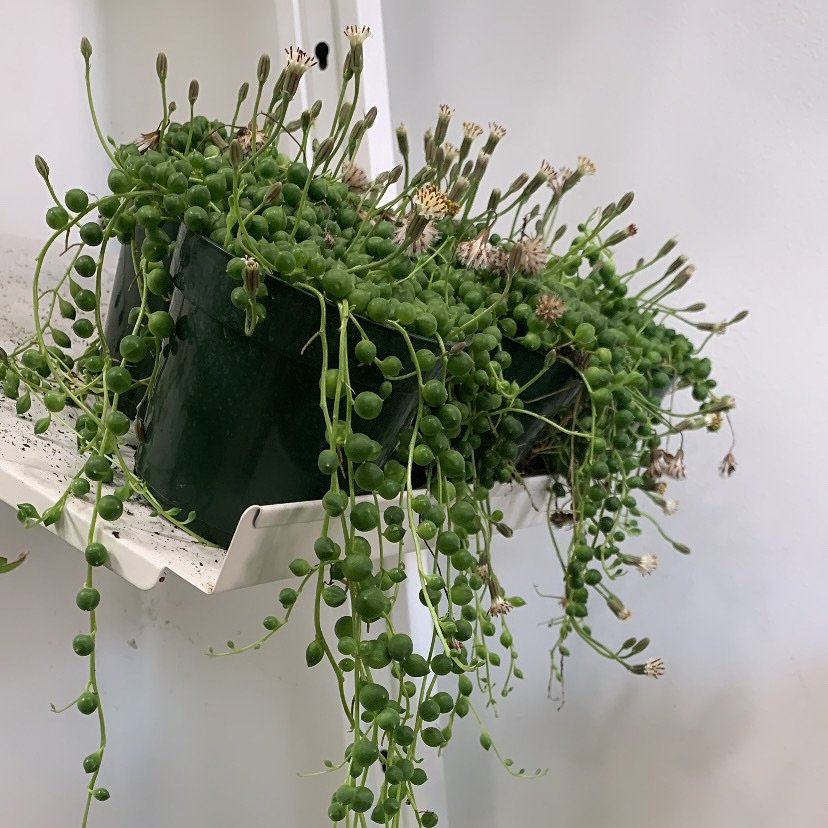
Characteristics
- Trailing stems with bead-like leaves
- Excellent for hanging planters
Care Tips
- Bright, indirect light
- Water when soil is dry
- Protect from cold drafts
10. Christmas Cactus (Schlumbergera)
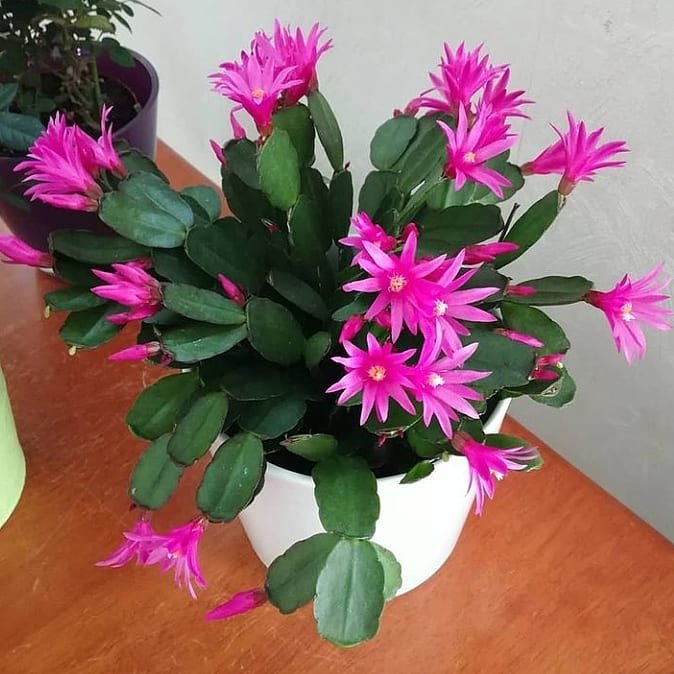
Characteristics
- Flat, segmented stems
- Blooms in winter
Care Tips
- Moderate light
- Keep soil slightly moist
- Higher humidity than most succulents
For detailed care of Christmas Cactus, check the Clemson Cooperative Extension.
General Care Tips for Indoor Succulent
Lighting
Most succulents prefer bright, indirect light. Place them near a window but protect from harsh afternoon sun.
Watering
The key is to avoid overwatering:
- Water thoroughly when soil is completely dry
- Ensure pots have drainage holes
- Reduce watering in winter
Soil and Potting
Use a well-draining cactus or succulent mix. Repot every 2-3 years or when outgrown.
Temperature and Humidity
Most succulents prefer:
- Temperatures between 60-80°F (15-27°C)
- Low to moderate humidity
Fertilizing
Feed sparingly during growing season with a balanced, water-soluble fertilizer diluted to half strength.
Common Problems and Solutions
Overwatering
Signs: Soft, mushy leaves or stem Solution: Reduce watering frequency, ensure proper drainage
Etiolation (Stretching)
Signs: Elongated stems, sparse leaves Solution: Provide more light
Pest Infestations
Common pests: Mealybugs, spider mites Solution: Isolate affected plants, treat with neem oil or insecticidal soap
For more on succulent pests and diseases, visit the University of California Integrated Pest Management Program.
Propagation Techniques
Many succulents are easy to propagate:
- Leaf cuttings
- Stem cuttings
- Offsets or “pups”
Decorating with Indoor Succulents
- Create mixed succulent arrangements
- Use as desk or tabletop plants
- Incorporate into terrariums (ensure proper ventilation)
- Hang trailing varieties in macramé planters
Indoor succulents offer a perfect blend of beauty and ease of care, making them ideal for any home or office environment. By choosing from this list of top indoor succulents and following the care tips provided, you can create a thriving indoor garden with minimal effort. Remember, the key to success with succulents is understanding their unique needs and resisting the urge to overwater. With proper care, these resilient plants will reward you with their unique shapes, colors and low-maintenance beauty for years to come.
For more information on succulent care and varieties, visit the Cactus and Succulent Society of America.
Pingback: Upcycling Old Boots as Plant Pots : A Creative Gardening
Pingback: String of Turtles Plant : Essential Care Guide for This Charming Succulent